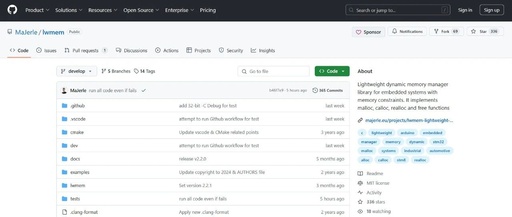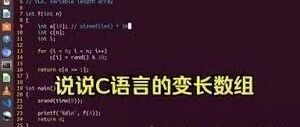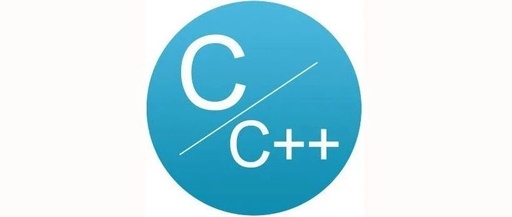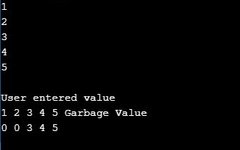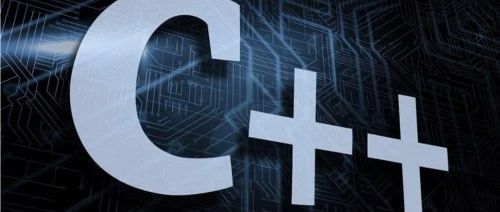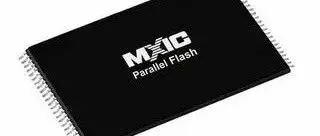LWMEM: A Powerful Memory Management Tool for Embedded Systems
In embedded system development, memory management has always been a headache for developers. Issues like memory fragmentation and memory leaks not only affect system performance but can even lead to system crashes. Traditional memory management solutions are often too complex and difficult to adapt to the resource constraints of embedded systems. Now, there is a … Read more
